Remaking the school lunch box: Time-saving tips and simple recipes from Alice Zaslavsky
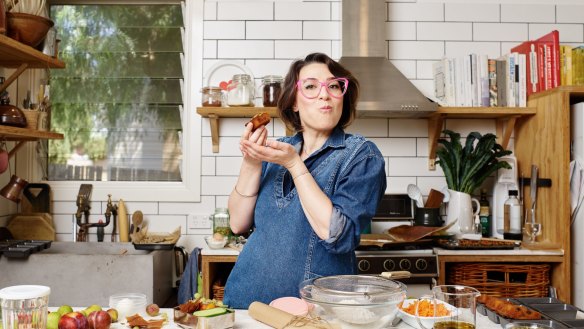
When it comes to school lunches, there's no need to sweat the small stuff. Back away from the over-achieving bento and embrace these simple ideas.
Cast your mind back to your school lunches. What did your lunch box look like? Did Captain Planet get a guernsey on the front, or was Raggedy Anne more your vintage?
My lunch box was a plastic bag. And it was full of everything my parents, freshly arrived from a land of ration tickets and empty shelves, could afford. In Georgia, like in many places in the world, lunch (albeit threadbare, and oftentimes downright inedible) was provided by the school. BYO to school was a foreign concept, something I took full advantage of when it came to grabbing things off the supermarkets shelves in our new home. Everything a '90s kid dreamed of getting as an occasional treat, was my lunch every day. When kids asked where my soggy sandwiches were, I'd tell them mum and dad owned a milk bar (they didn't) and that I was allergic to bread (I'm not). As is the natural way of things, over time, I tired of the dippers and stringers, and offered to trade my Twisties for a triangle of tomato and lettuce on rye. "I thought you were allergic to bread," said Lauren. "Only square bread," I replied.
A lot has happened since then; the Spice Girls broke up, the Twin Towers came down, and as the world outside became increasingly chaotic, deciding we couldn't make a dent in climate change, Trumpism or Brexit, we began controlling the controllables – like what we send our children to school with.
Dr Denise Hamblin, lead researcher at consumer insights think tank Colmar Brunton, describes the way we feed our children in this time of deep conformity and risk-aversion as "indulgent".
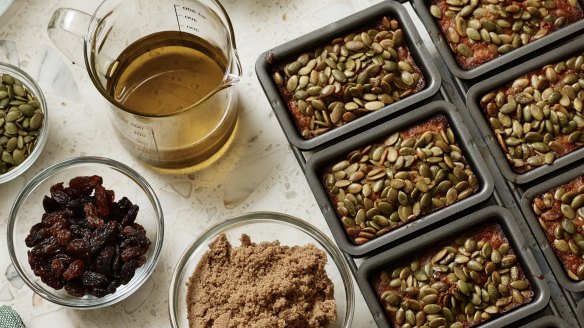
Suddenly, kids' lunches have gone from frozen Vegemite sangas to Bento Box Surprise; whole social media accounts and blogs dedicated to school food have sprung up – inspiration to some, yet another avenue for parental pressure to others. Lunch box food has become atomised and itemised, Instagrammed and fetishised.
According to recently released Australian Research Council findings as part of Monash University's School Food Exhibition, children as young as six are experiencing significant issues at school, because they don't believe their lunch is up to scratch.
Professor JaneMaree Maher, the lead investigator on the ARC project, says that children fear ostracism from their peers for having a home-brand packet of chips, or being singled out by their teacher for lunches that aren't "healthy" enough or don't meet the "Nude Food" requirements being increasingly implemented by schools. Dig up a garden bed at your local school, and you may find more than bulbs and tubers, as children bury "contraband" foods they're ashamed of in muesli bar graveyards. Rest in pieces, oaty slice.
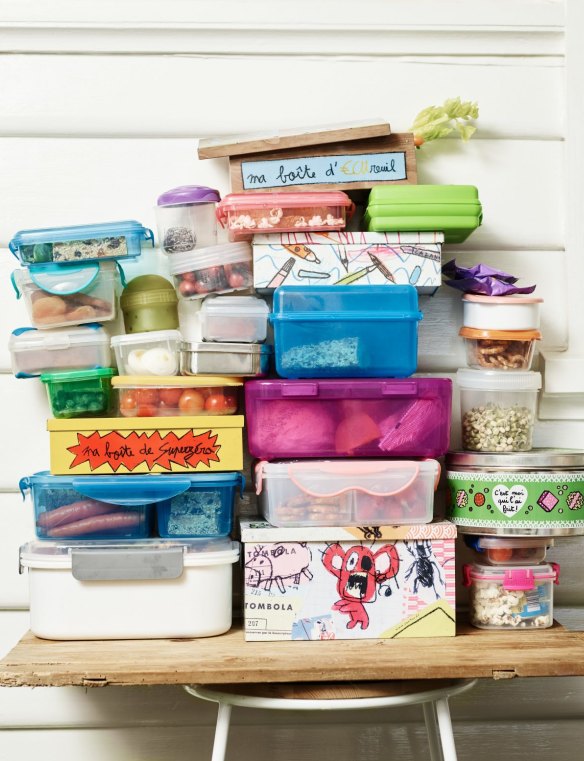
The lunch box has become stressful. According to Dr Deana Leahy from the Faculty of Education at Monash University, teachers are being encouraged to police the standard of their students' snacks in the name of "obesity prevention", with many reluctantly obliging, despite finding it personally problematic. Our children are caught in the crossfire of competition and control, as well-meaning as the intentions may be.
Parents are also troubled by the increasing trend of policies creeping into schools limiting feeding times to as little as 10 minutes. Although these initiatives are designed to encourage outside play and minimise rubbish in the schoolyard, they also have the potential to disrupt the flow of slower eaters. Of course teachers and principals are genuinely concerned for the welfare of their students, so it's up to the school community to communicate and work together to create safe, nourishing environments for children. If your child is regularly returning home with half their food uneaten, ask them why. Something as simple as a "lunch club" set up by older students to sit with younger students who are still noshing can help change the entire dynamic of lunchtime within a school.
Children don't just go to school to learn to read and write. Students are constantly met with opportunities to learn about the world around them, and their place within it. Lunchtime shouldn't be about teaching kids to read ingredient labels and count calories. It's a chance to build healthful habits for life. Some habits to encourage: let children take responsibility for what goes into the lunch box, understand why packaging should be minimised and learn to respect others' choices.
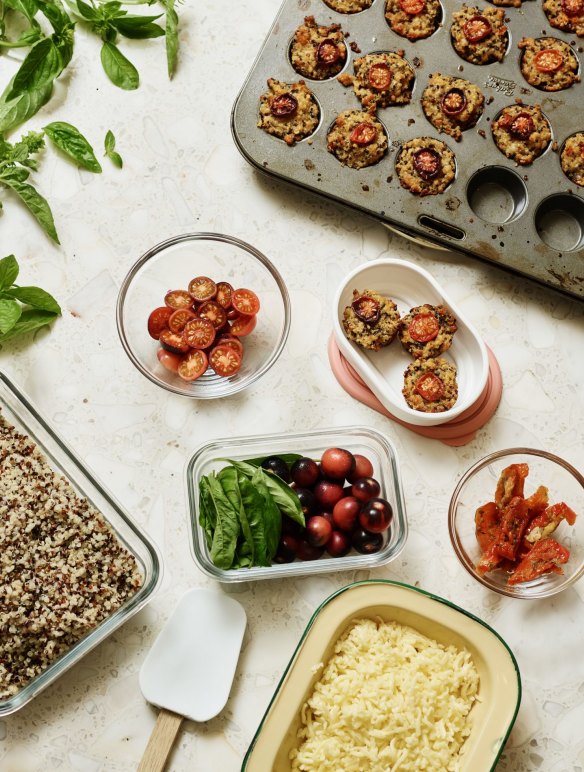
The issue in over-policing and over-thinking this one meal in the day is that we're in danger of making lunch boxes memorable for this generation of kids in the most problematic of ways. It's well-documented that children form most of their food habits and attitudes by 10 years old ... the same age we're placing restrictions and rules around their lunches.
Somewhere along the way, we got caught up in the "what" of lunch boxes and forgot about the "why". When lunchtime rolls around on a weekend, or in the holidays, are your children sitting down to a compartmentalised cacophony? Unlikely. If you're stuck on what to pack, imagine it's a Saturday. And if it's the same salad sanga, an apple and some carrot sticks they've helped you whack together every day for six months because that's what gets eaten, then that's great. The only measure of success you need worry about is that the box comes home empty at the end of the day.
Recipes
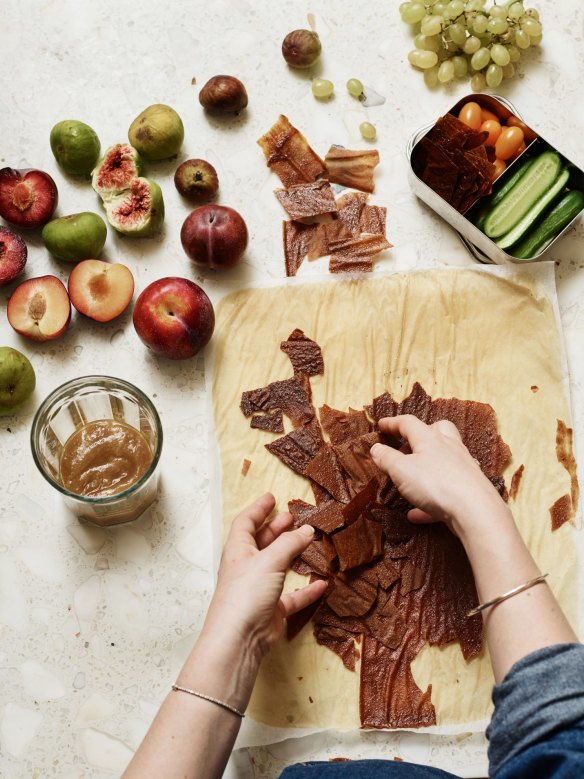
These recipes are designed to be made with your children, or better yet, by them (with some supervision around the hot and sharp things).
Time-saving tips
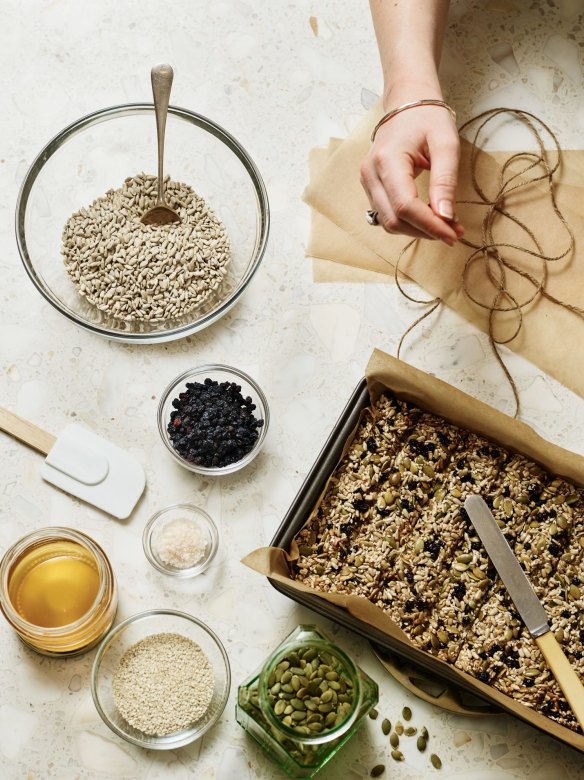
Make bulk foods that can freeze well: not only will this save you hours of weekly cooking, but by encouraging children to become active participants in the process, you're giving them ownership over the choices they're making. Treat them like your co-conspirators, creating systems that suit your family – Sunday night meal prep could work for some, but Hump Day Hummus Night could be more the ticket for your week.
Have a shelf in your pantry that's designated for lunch box fillers: in case of last-minute lunges on the way to the car or autopilot packing early in the morning, there's nothing better than having everything stacked in the same spot. Things such as rice crackers, corn chips, pretzels, tins of tuna and the like will live happily for months if need be. This is where you can also store home-made popcorn in an airtight container, pimped up with sushi seasoning, shaken up with a stock cube (for instant chicken salt) or va-va-voomed with Vegeta.
Create a Boom! Box in your fridge: a large container (preferably with a lid) filled with prepped veg such as peeled carrots, chopped cucumbers, celery sticks, capsicum slices and the like, immersed in cold water. They'll keep well for about a week, make for easy access – and crisper crunch.
Last-minute fillers
■ Yoghurt tubs
■ Popcorn
■ Dark chocolate
■ Celery
■ Orange wedges
■ Cherry tomatoes
■ Baby carrots
■ Button mushrooms
■ Red capsicum
■ Berries
■ Wraps
■ Rice crackers
■ Grapes
■ Snowpeas
■ Pretzels
■ Seedy crackers
Alice Zaslavsky is a food literacy advocate, culinary correspondent for ABC News Breakfast, and creator of Phenomenom.com.au
The best recipes from Australia's leading chefs straight to your inbox.
Sign up